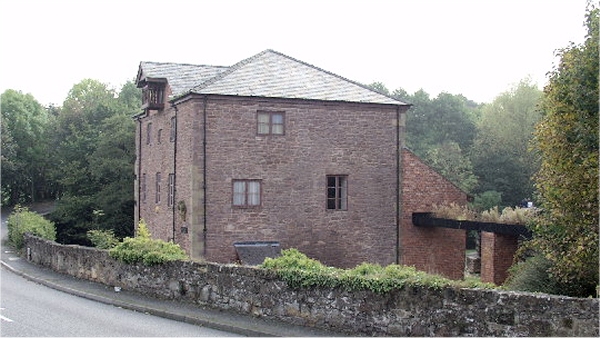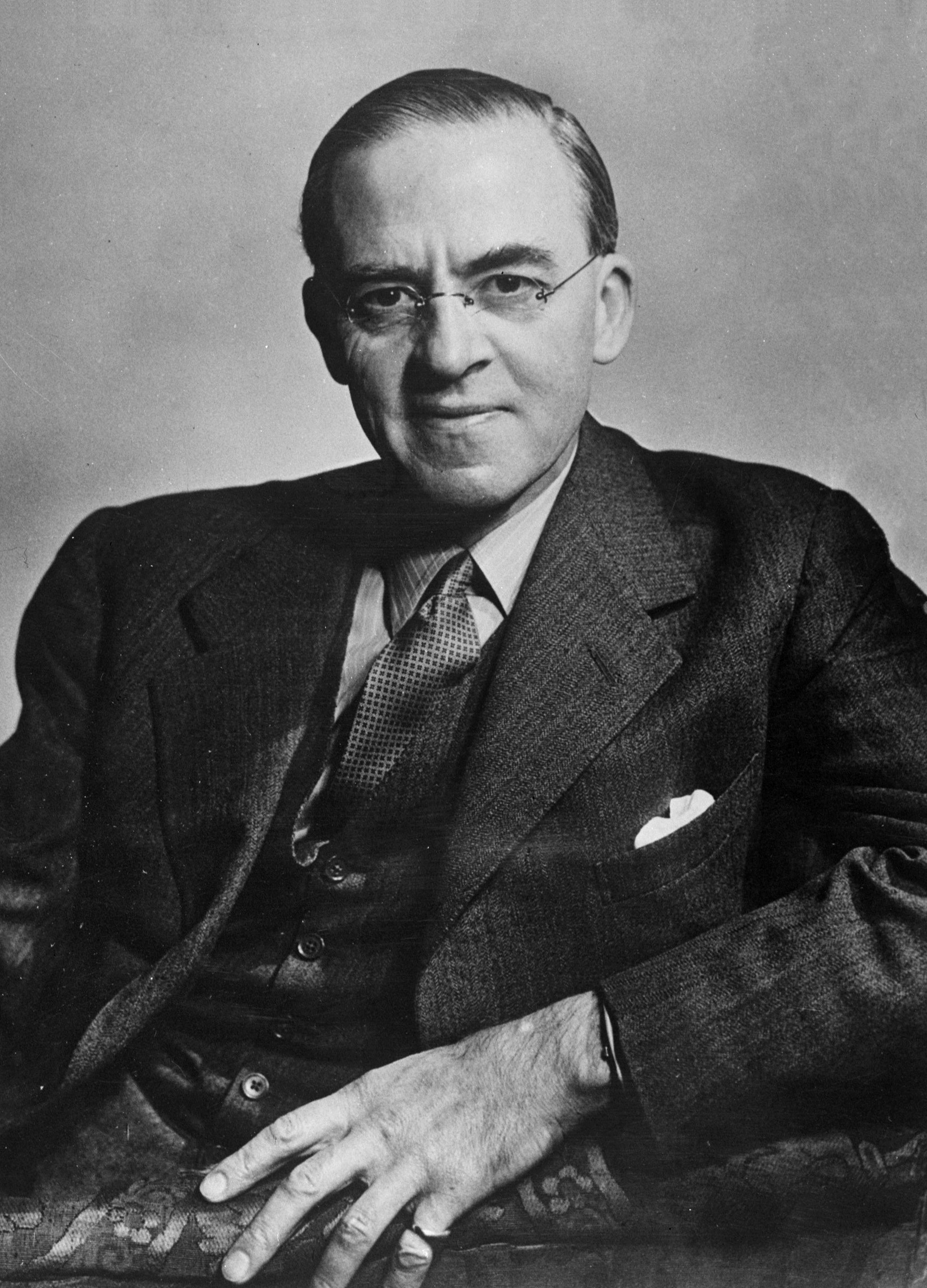|
Pandy, Gwersyllt
Pandy ( cy, Y Pandy; meaning the fulling mill) is a village near Gwersyllt and Rhosrobin, in Wrexham, Wrexham County Borough, Wales. The main entrance to Gresford Colliery stood in the village. Gresford Colliery Social Club is in the village and alongside it a memorial to the Gresford Disaster, which killed 266 men on September 22, 1934. Plas Acton Road originally linked the village to the main Chester Road, but was severed by the construction of the A483 by-pass. A footbridge crosses the new road maintaining the link for pedestrians. There are the remains of a mill on the River Alyn The River Alyn ( cy, Afon Alun) is a tributary of the River Dee, in north-east Wales. The River Alyn rises at the southern end of the Clwydian hills and the Alyn Valley forms part of the Clwydian Range and Dee Valley Area of Outstanding Na ... just below the village at the rear of the Pandy Business Park, in an area known as "The Wilderness". The Gresford Heath estate, built around the ... [...More Info...] [...Related Items...] OR: [Wikipedia] [Google] [Baidu] |
Houses In Pandy, Merionethshire - Geograph-4476569
A house is a single-unit residential building. It may range in complexity from a rudimentary hut to a complex structure of wood, masonry, concrete or other material, outfitted with plumbing, electrical, and heating, ventilation, and air conditioning systems.Schoenauer, Norbert (2000). ''6,000 Years of Housing'' (rev. ed.) (New York: W.W. Norton & Company). Houses use a range of different roofing systems to keep precipitation such as rain from getting into the dwelling space. Houses may have doors or locks to secure the dwelling space and protect its inhabitants and contents from burglars or other trespassers. Most conventional modern houses in Western cultures will contain one or more bedrooms and bathrooms, a kitchen or cooking area, and a living room. A house may have a separate dining room, or the eating area may be integrated into another room. Some large houses in North America have a recreation room. In traditional agriculture-oriented societies, domestic animals such as c ... [...More Info...] [...Related Items...] OR: [Wikipedia] [Google] [Baidu] |
Fulling
Fulling, also known as felting, tucking or walking (Scots: ''waukin'', hence often spelled waulking in Scottish English), is a step in woollen clothmaking which involves the cleansing of woven or knitted cloth (particularly wool) to eliminate (lanoline) oils, dirt, and other impurities, and to make it shrink by friction and pressure. The work delivers a smooth, tightly finished fabric that is isolating and water repellent. Well known example are duffel cloth, first produced in Flanders in the 14th century and loden, produced in Austria from the 16th century on. The practice to do this by hand or feet died out with the introduction of machines during the industrial revolution. Process Fulling involves two processes: scouring and milling (thickening). Originally, fulling was carried out by the pounding of the woollen cloth with a club, or the fuller's feet or hands. In Scottish Gaelic tradition, this process was accompanied by waulking songs, which women sang to set th ... [...More Info...] [...Related Items...] OR: [Wikipedia] [Google] [Baidu] |
Gwersyllt
Gwersyllt () is an urban village and community in Wrexham County Borough, Wales. The densely populated village is one of Wrexham's largest and is situated in the north western suburbs of the city, bordering the nearby villages of Llay, Cefn-y-Bedd, Brynteg, and Pentre Broughton. The community, also including the villages of Summerhill, Sydallt, Rhosrobin and Bradley, had a total population of 10,056 at the 2001 census,Gwersyllt Community , Office for National Statistics rising to 10,677 at the 2011 Census. The name is usually stated to be derived from the |
Rhosrobin
Rhosrobin is a village situated in Wrexham County Borough, Wales, about 2 miles (3.2 km) north west of Wrexham city centre, close to the A483 road. The population of the village has expanded considerably in recent years and many of the older landmarks have been swept away to make room for new housing and commercial development, attracted by direct access along the B5425 to Wrexham city centre, and easy connection to the A483 (Trunk) at Pandy, for Chester and the North West of England beyond. Taking the B5425 (Llay) from Wrexham, the village boundary is now marked with a brown sign alongside the new Top Farm Road housing development. Following the Main Road over the Chester – Shrewsbury railway, the main commercial centre of the village can be seen. Although clearly located in Rhosrobin, the Rhosddu Industrial Estate takes its name from the old colliery that once occupied this whole area. The colliery was opened in the 1860s by The Wrexham Coal Company and at its peak e ... [...More Info...] [...Related Items...] OR: [Wikipedia] [Google] [Baidu] |
Wrexham
Wrexham ( ; cy, Wrecsam; ) is a city and the administrative centre of Wrexham County Borough in Wales. It is located between the Welsh mountains and the lower Dee Valley, near the border with Cheshire in England. Historically in the county of Denbighshire, and later the county of Clwyd in 1974, it has been the principal settlement of Wrexham County Borough since 1996. Wrexham has historically been one of the primary settlements of Wales. At the 2011 Census, it had an urban population of 61,603 as part of the wider Wrexham built-up area which made it Wales's fourth largest urban conurbation and the largest in north Wales. The city comprises the local government communities of Acton, Caia Park, Offa and Rhosddu. Wrexham's built-up area extends further into villages like Bradley, Brymbo, Brynteg, Gwersyllt, New Broughton, Pentre Broughton and Rhostyllen. Wrexham was likely founded prior to the 11th century and developed in the Middle Ages as a regional centre fo ... [...More Info...] [...Related Items...] OR: [Wikipedia] [Google] [Baidu] |
Wrexham County Borough
Wrexham County Borough ( cy, Bwrdeistref Sirol Wrecsam) is a county borough, with city status, in the north-east of Wales. It borders England to the east and south-east, Powys to the south-west, Denbighshire to the west and Flintshire to the north-west. The county borough has a population of 136,055. The city of Wrexham is its largest settlement, which together with villages such as Gwersyllt, New Broughton, Bradley and Rhostyllen form a built-up area with 65,692 residents. Villages in the county borough also include Ruabon, Rhosllanerchrugog, Johnstown, Acrefair, Bangor-on-Dee, and Coedpoeth amongst others. The county borough has two outlying towns, Chirk and Holt, and various rural settlements in the county borough's large salient in the Ceiriog Valley, and the English Maelor. The area has strong links with traditional industries such as coal-mining and brewing, although modern manufacturing has since succeeded those former industries. The county borough was form ... [...More Info...] [...Related Items...] OR: [Wikipedia] [Google] [Baidu] |
Wales
Wales ( cy, Cymru ) is a Countries of the United Kingdom, country that is part of the United Kingdom. It is bordered by England to the Wales–England border, east, the Irish Sea to the north and west, the Celtic Sea to the south west and the Bristol Channel to the south. It had a population in 2021 of 3,107,500 and has a total area of . Wales has over of coastline and is largely mountainous with its higher peaks in the north and central areas, including Snowdon (), its highest summit. The country lies within the Temperateness, north temperate zone and has a changeable, maritime climate. The capital and largest city is Cardiff. Welsh national identity emerged among the Celtic Britons after the Roman withdrawal from Britain in the 5th century, and Wales was formed as a Kingdom of Wales, kingdom under Gruffydd ap Llywelyn in 1055. Wales is regarded as one of the Celtic nations. The Conquest of Wales by Edward I, conquest of Wales by Edward I of England was completed by 1283, th ... [...More Info...] [...Related Items...] OR: [Wikipedia] [Google] [Baidu] |
Gresford Colliery
Gresford Colliery was a coal mine located a mile from the North Wales village of Gresford, near Wrexham. History Sinking The North Wales Coalfield, of which Gresford was part, runs from Point of Ayr, on the Flintshire coast to the Shropshire border. Although coal mining records date back to the 15th century, it was not heavily exploited until the 18th century. By 1900, more than 12,500 miners produced three million tonnes a year. Industrialist Henry Dennis of Ruabon, and his son Henry Dyke Dennis, began the colliery near Gresford in 1907. The site was on the edge of the Alyn Valley, between the Shrewsbury and Chester Railway (later the Great Western Railway's Birkenhead to London Paddington line), and the old main road between Wrexham and Chester. The Dennis' company United Westminster & Wrexham Collieries took four years to sink two deep shafts, the Dennis (downcast) and the Martin (upcast), located apart. It was one of the deepest coal mines in the Denbighshire coalfie ... [...More Info...] [...Related Items...] OR: [Wikipedia] [Google] [Baidu] |
Gresford Disaster
The Gresford disaster occurred on 22 September 1934 at Gresford Colliery, near Wrexham, Denbighshire, when an explosion and underground fire killed 266 men. Gresford is one of Britain's worst coal mining disasters: a controversial inquiry into the disaster did not conclusively identify a cause, though evidence suggested that failures in safety procedures and poor mine management were contributory factors. Further public controversy was caused by the decision to seal the colliery's damaged sections permanently, meaning that only eleven of those who died were recovered. Background The Westminster and United Collieries Group began to sink the pit at Gresford in 1908. Two shafts were sunk apart: the Dennis and the Martin. They were named after Sir Theodore Martin, the company chairman, and Mabel Dennis, wife of the company managing director Henry Dyke Dennis, who had ceremonially cut the first sods for each of the respective shafts. Work was completed in 1911. The mine was one ... [...More Info...] [...Related Items...] OR: [Wikipedia] [Google] [Baidu] |
River Alyn
The River Alyn ( cy, Afon Alun) is a tributary of the River Dee, in north-east Wales. The River Alyn rises at the southern end of the Clwydian hills and the Alyn Valley forms part of the Clwydian Range and Dee Valley Area of Outstanding Natural Beauty. The main town on the river is Mold, the county town of Flintshire. It lends its name to the constituencies of Alyn and Deeside in the UK Parliament and the Senedd. The River Alyn crosses the carboniferous limestone from Halkyn Mountain and north through the Loggerheads area before heading southeast, passing through Mold before reaching its confluence with the River Dee to the northeast of Wrexham. Between Loggerheads and Rhydymwyn it runs through the Alyn Gorge, which is the site of the caves Ogof Hesp Alyn, Ogof Hen Ffynhonnau and Ogof Nadolig. The river mainly runs across a limestone surface, creating potholes and underwater caves, into which the river flows through some of the summer, when water levels have decrea ... [...More Info...] [...Related Items...] OR: [Wikipedia] [Google] [Baidu] |




